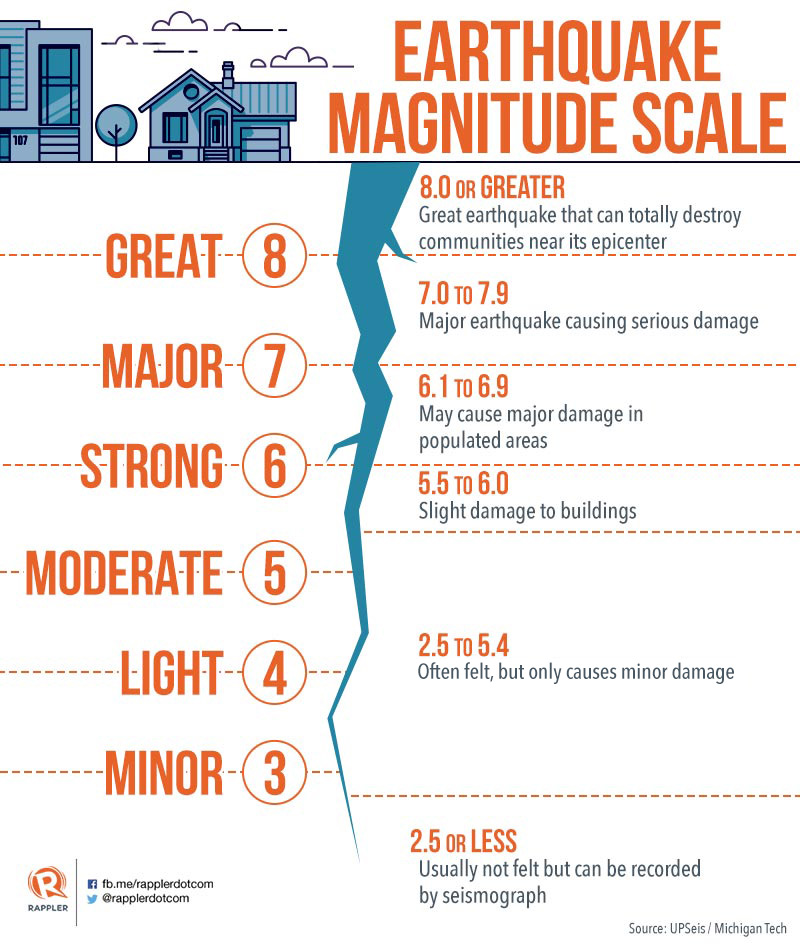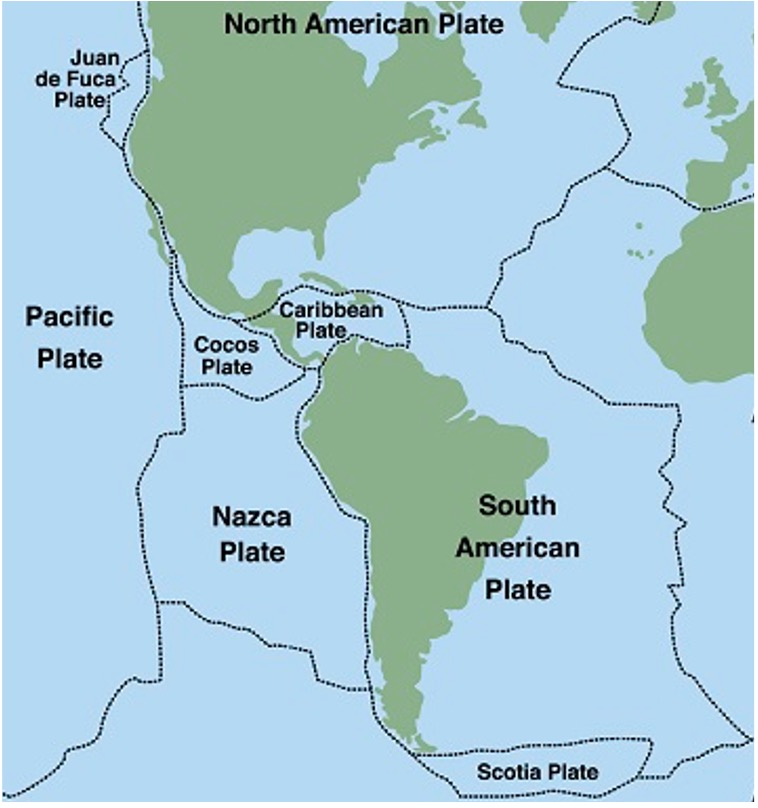Natural Disasters
We have covered the some of the natural beauty and diversity of the Latin American and Caribbean region in other sections of our Ecology and Sustainability culture "trunk" . LAC is extremely biologically and geographically diverse. Unfortunately this mean that the natural disasters faced by LAC are also quite diverse. The United Nations Office for the Coordination of Humanitarian Affairs (OCHA) put together a visually compelling overview of the natural disasters in LAC between 2000-2019. We encourage those looking for data, and a general overview of the area and the challenges it faces to have a look at the link.
This section focuses on natural disasters and their affect on ecology with an emphasis on human cost. We understand the images and material may be distressing to some learners. Please use discretion when presenting this page and its' contents.
Earthquakes 101
More About Earthquakes
Earthquakes are very common in LAC because of the region’s location in relation to several large tectonic plates. The constant movement of these plates creates intense interaction in which seismic energy is quickly released, causing the ground to shake. Some earthquakes are very minor and leave the affected areas with little to no damage, but others are devastating and can cause infrastructural damage and death. The aftermath of earthquakes can also be damaging. People sometimes have to leave the area in order to stay safe and earthquakes can cause other natural disasters such as tsunamis and landslides, which can endanger local animals and push them out of their homes. Since 2010, there have been approximately 80 instances of these natural disasters in the region – 20 of which have had a magnitude of 7.0 or higher on the Richter scale. Below is a graph detailing the different magnitudes of earthquakes and the damage they cause according to the Richter scale.

The surface of the Earth is broken up into large plates. It’s easy to confuse these plates with the Earth’s crust – the thin outermost layer of the Earth. These plates are constantly shifting and bumping into one another causing natural disaster such as earthquakes and volcanoes to occur at plate boundaries (the place where two different plates meet).
There are 7 major (large) and 8 minor (smaller) plates on earth. The map below should help learners see the intricacy of the plates and how many plates meet around LAC.
